I started theorizing different applications for memristors, mainly in crossbar arrays, around two years ago. Here I plan to publish my findings and ideas with the hope that someone with more ability and resources at their disposal can make something interesting out of it. All of these functions so far rely on the logical IMPLY function, which can be achieved by applying a read/condition voltage to one memristor and a write/set voltage to another. As the IMPLY function is a universal logic functions, all logic functions can be derived from a series of condition and set voltages.
Memristor Computing
Exploring memristor fabrication and design techinques
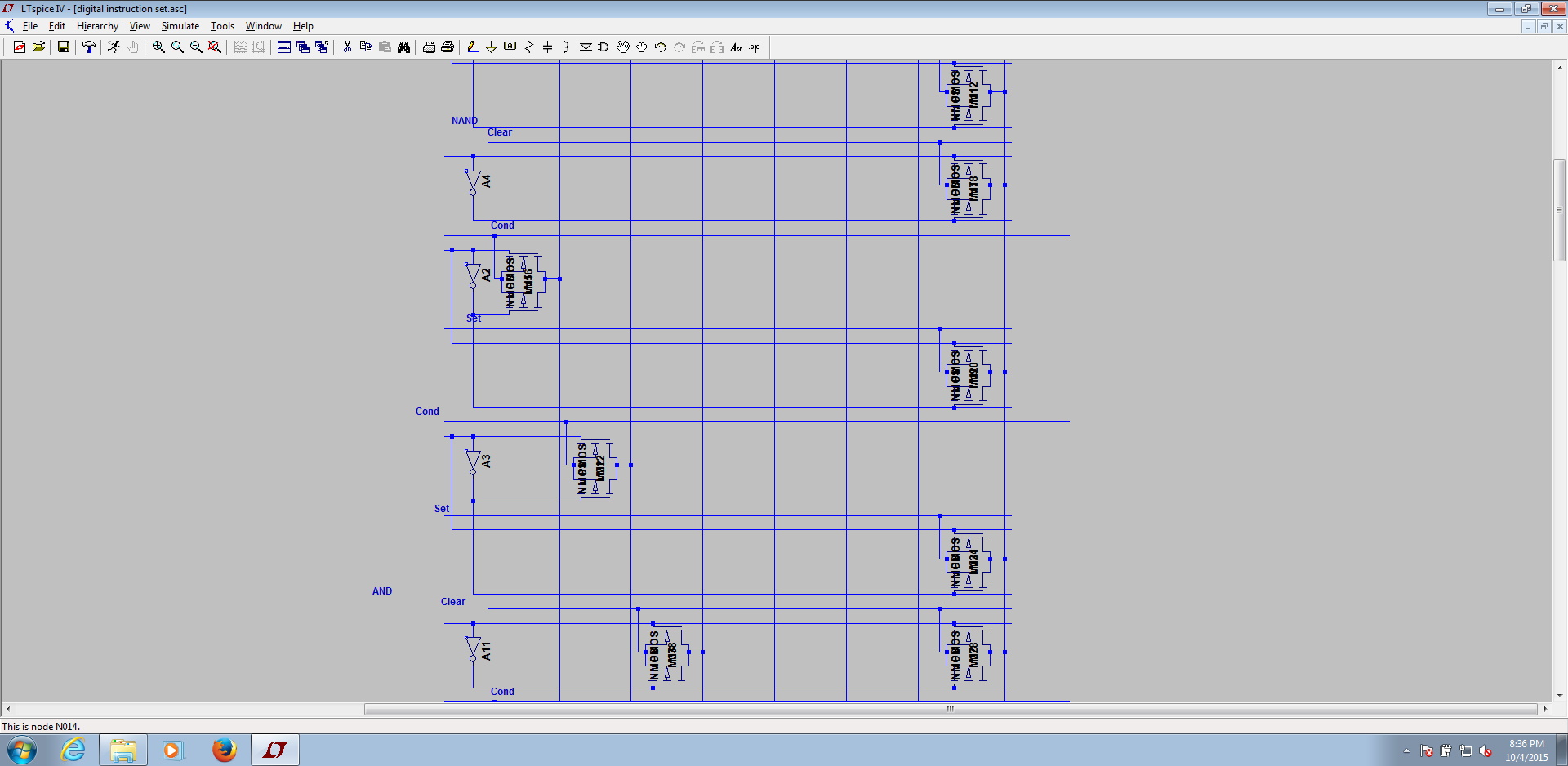 This circuit can be used to perform imply based logic functions. I've been implementing the previously posted digital instruction set. If anyone wants the exact spice file I'm using, message me. Each pair of transmission gates sends the corresponding Condition and Set signals required to perform imply operations. By moving downward sequentially, the correctly timed signals manipuate the memristor crossbar array connected to the vertical wires. This operation can be compared to the rotating barrel in a music box striking the correct notes at the correct time when directional force is appled. Different logic functions are grouped into sections.
This circuit can be used to perform imply based logic functions. I've been implementing the previously posted digital instruction set. If anyone wants the exact spice file I'm using, message me. Each pair of transmission gates sends the corresponding Condition and Set signals required to perform imply operations. By moving downward sequentially, the correctly timed signals manipuate the memristor crossbar array connected to the vertical wires. This operation can be compared to the rotating barrel in a music box striking the correct notes at the correct time when directional force is appled. Different logic functions are grouped into sections. 
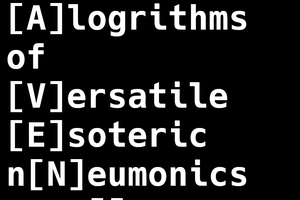
 Blair Vidakovich
Blair Vidakovich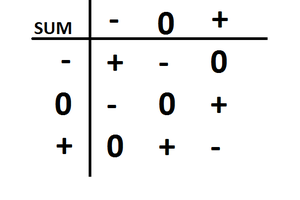
 ThunderSqueak
ThunderSqueak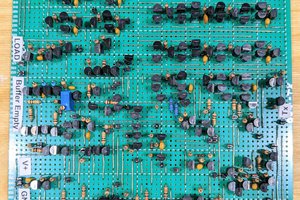
 Eric Ljungquist
Eric Ljungquist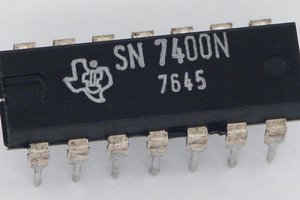
 Yann Guidon / YGDES
Yann Guidon / YGDES
That would be much appreciated, Alex! This project has been on hiatus due to life events and a lack of reliable hardware to model around, you would be giving it the shot in the arm that it direly needs. I will be contacting you soon.